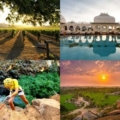1. Goa – The Beach Paradise
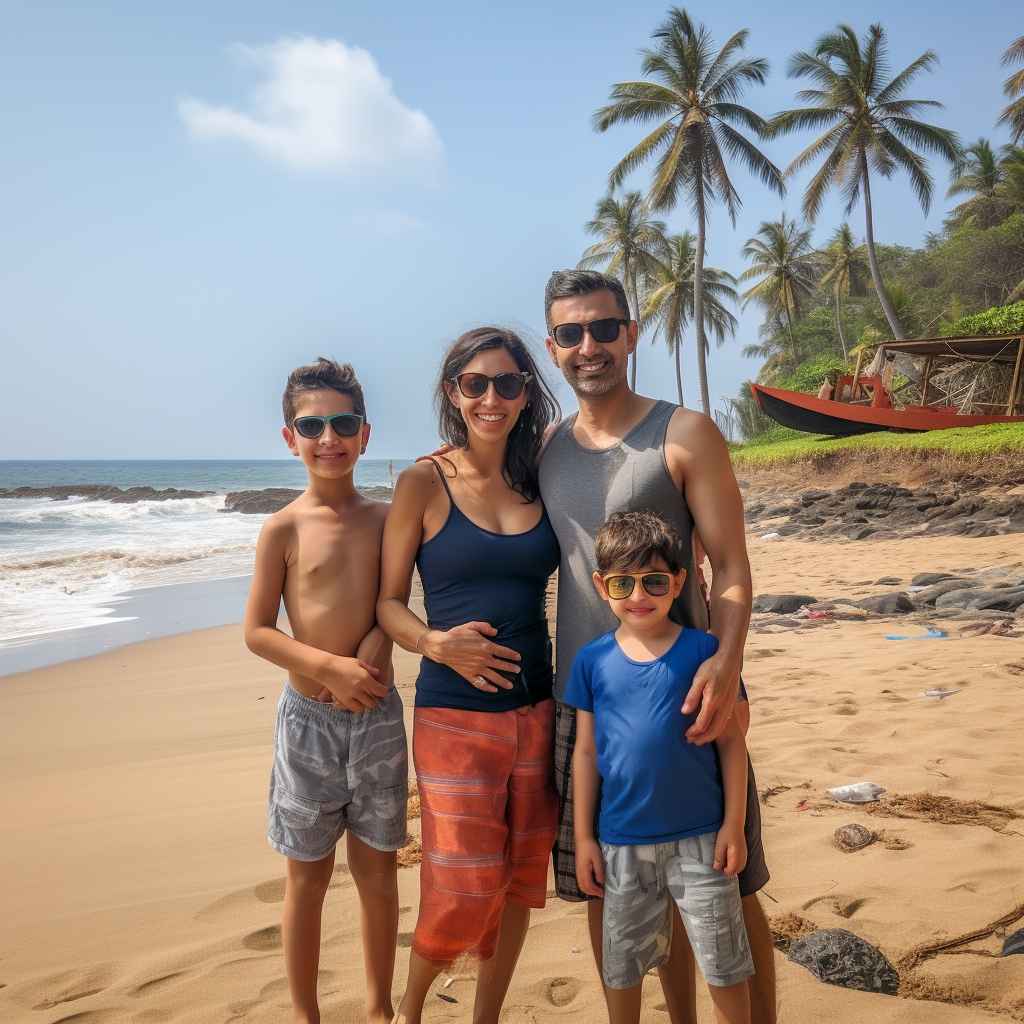
Goa, often referred to as the “Pearl of the Orient,” is a perfect destination for a family beach vacation. The state boasts stunning beaches like Baga, Calangute, and Palolem, where you can enjoy water sports, build sandcastles, or simply soak up the sun. Explore the vibrant markets, relish delectable seafood, and visit historic churches and forts for a mix of adventure and culture.
2. Kerala – The Backwater Haven

Kerala, known as “God’s Own Country,” is a tranquil paradise ideal for a family retreat. The backwaters of Alleppey, Munnar’s lush tea gardens, and the pristine beaches of Kovalam offer a diverse range of experiences. Enjoy houseboat rides, wildlife safaris, and traditional Kathakali performances while immersing your family in the natural beauty and traditions of Kerala.
3. Rajasthan – The Land of Palaces and Forts

Rajasthan, India’s royal state, offers a unique cultural experience for families. Explore the magnificent palaces and forts in Jaipur, Jodhpur, and Udaipur, taking a step back in time. The camel safaris in the Thar Desert and colorful local markets make for captivating family adventures.
4. Himachal Pradesh – The Himalayan Gem
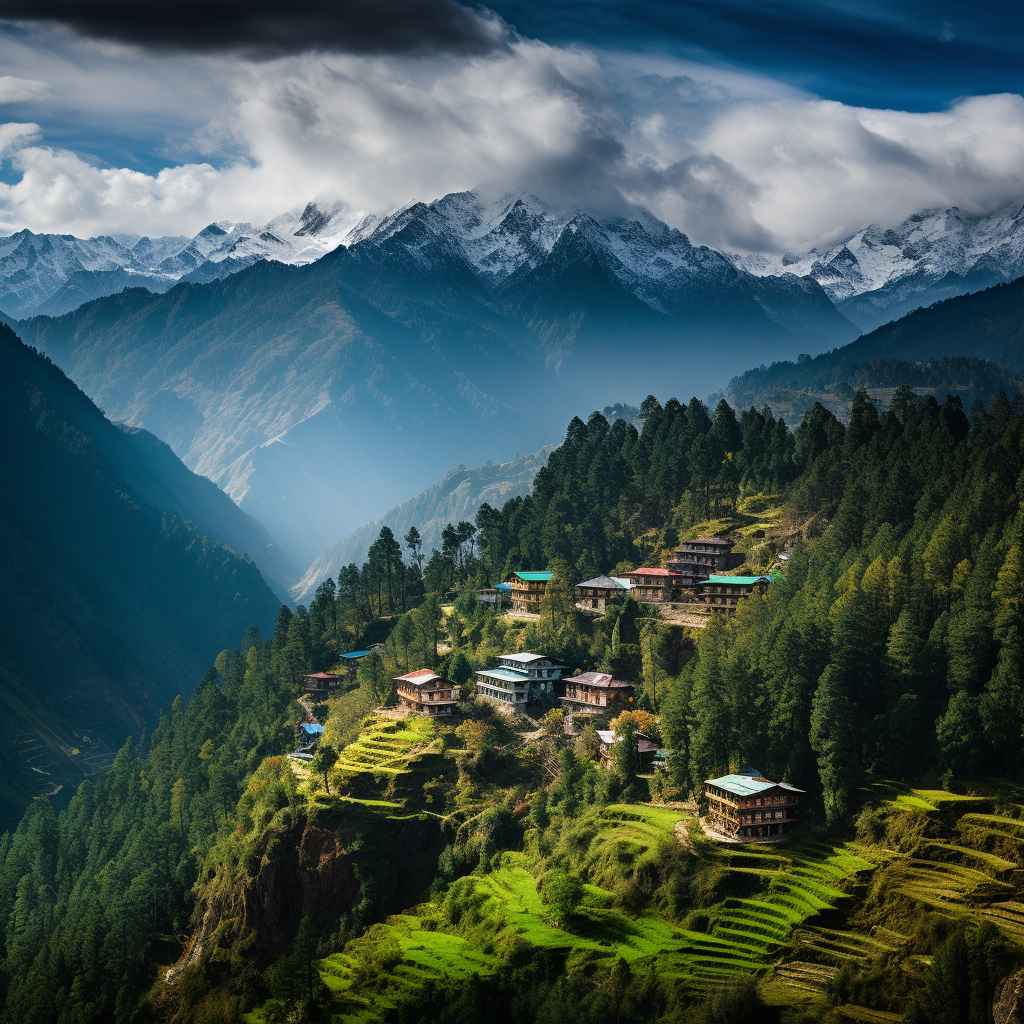
For families seeking a mountain getaway, Himachal Pradesh is an excellent choice. Shimla, Manali, and Dharamshala offer breathtaking landscapes, perfect for trekking, paragliding, and nature walks. Experience the charm of colonial-era architecture in Shimla, enjoy apple picking in Manali, and immerse in Tibetan culture in Dharamshala.
5. Andaman and Nicobar Islands – Tropical Paradise

The Andaman and Nicobar Islands are a haven for families seeking a tropical escape. Pristine beaches, crystal-clear waters, and vibrant coral reefs offer opportunities for snorkeling, scuba diving, and water sports. Don’t miss the chance to visit historical sites like Cellular Jail and explore lush rainforests.
6. Rishikesh – The Adventure Hub
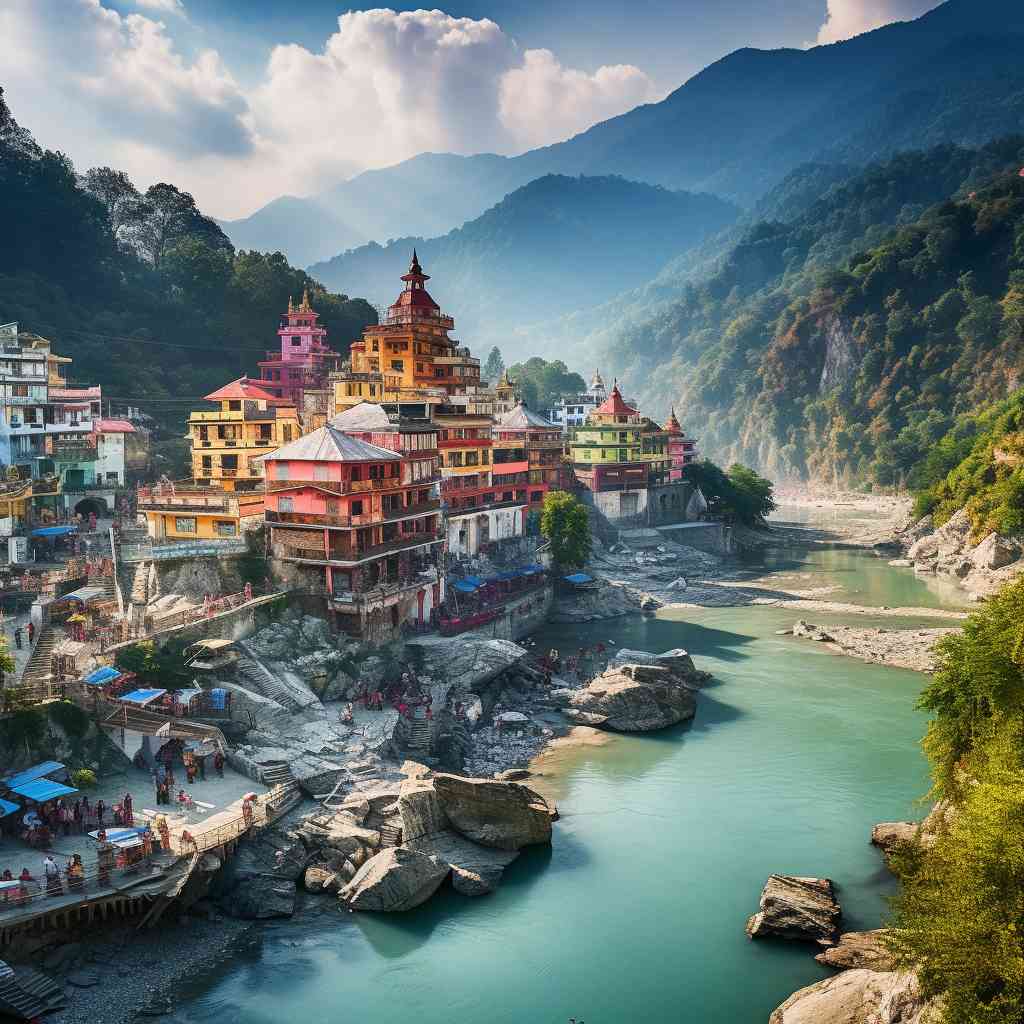
If your family craves adventure, Rishikesh in Uttarakhand is the place to be. Known as the “Yoga Capital of the World,” it offers thrilling white-water rafting, trekking, and camping experiences along the Ganges River. Visit ancient temples, ashrams, and witness the Ganga Aarti for a spiritual touch.
7. Agra – The City of Taj Mahal

Agra, home to the iconic Taj Mahal, is an excellent choice for a family vacation with a historical twist. Explore the grandeur of the Taj Mahal, Agra Fort, and Fatehpur Sikri. Enjoy a taste of Mughlai cuisine and learn about India’s rich history through storytelling.
8. Darjeeling – The Tea Capital
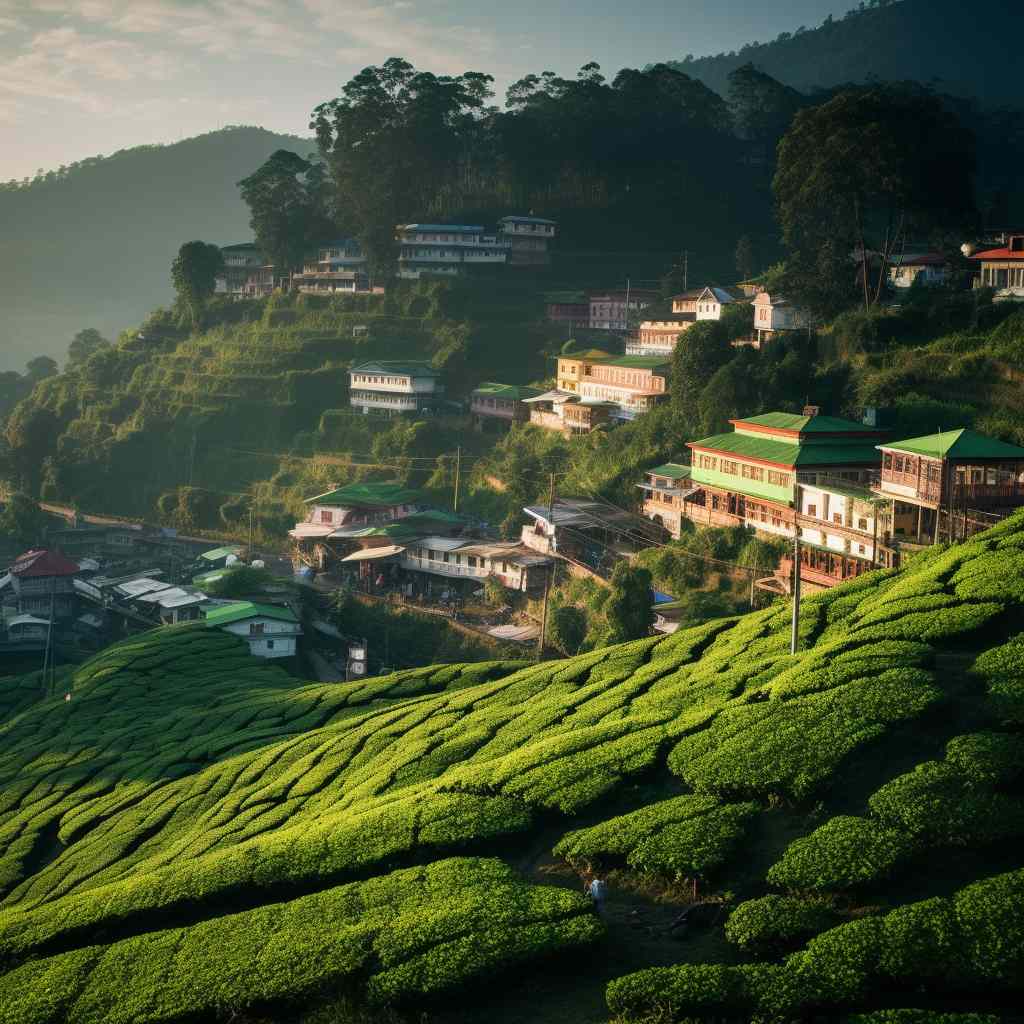
Darjeeling, in West Bengal, is a serene hill station famous for its tea gardens and stunning views of the Himalayas. Take a ride on the Darjeeling Himalayan Railway, explore botanical gardens, and sip on world-renowned Darjeeling tea.
Conclusion
India offers a plethora of family vacation options, catering to various interests and preferences. From the serene beaches of Goa to the majestic mountains of Himachal Pradesh and the cultural richness of Rajasthan, there’s something for everyone. Plan your family vacation to India and create cherished memories that will last a lifetime.
FAQs
1. Is India a family-friendly destination?
– Yes, India is a family-friendly destination with a wide range of activities and attractions suitable for all ages. From historical sites to scenic landscapes, there’s something for every member of the family.
2. What are some safety tips for traveling in India with family?
– While India is generally safe for tourists, it’s advisable to take common precautions like avoiding crowded areas, drinking bottled water, and dressing modestly in certain regions. Also, make sure to keep an eye on your belongings in crowded places.
3. Are vaccinations required before traveling to India with children?
– Yes, it’s recommended to consult your doctor or a travel clinic to ensure that your family’s vaccinations are up to date. Common vaccines include those for hepatitis A, typhoid, and possibly others depending on the region you plan to visit.
4. What’s the best time of year for a family vacation in India?
– The best time for a family vacation in India largely depends on the region you want to visit. Generally, the cooler months from October to March are ideal for most places, while hill stations like Shimla and Manali are great for summer getaways.
5. Is it safe to travel by train with children in India?
– Traveling by train in India can be an adventurous and cost-effective way to explore the country. Trains offer various classes, including air-conditioned ones, which are more comfortable for families. Just make sure to book your tickets in advance, especially during peak travel seasons.
6. How can I find family-friendly accommodations in India?
– Look for hotels and resorts that offer family-friendly amenities such as spacious rooms, kid’s clubs, and swimming pools. Read reviews from other families to get a sense of the property’s suitability for children.
7. Are there any specific cultural norms to be aware of when traveling with children in India?
– While India is generally welcoming to families, it’s a good practice to respect local customs and dress modestly, especially when visiting religious sites. In some areas, people may be curious and want to interact with your children, so be prepared for friendly attention.
8. What are some must-have items to pack for a family trip to India?
– Essentials include comfortable clothing for different weather conditions, sunscreen, insect repellent, first-aid supplies, any necessary medications, and a good guidebook. It’s also wise to carry a power adapter and voltage converter, if needed.
9. How can I plan an itinerary that caters to both adults and children?
– Plan a mix of activities that appeal to both age groups. For instance, you can combine visits to historical sites with trips to parks, zoos, or adventure activities like trekking or water sports, depending on your family’s interests.
10. Do I need to carry cash or cards when traveling in India with family?
– It’s advisable to carry a mix of cash and cards. Credit and debit cards are widely accepted in urban areas, but having some cash on hand is useful for small purchases and in more remote locations where card acceptance may be limited.


